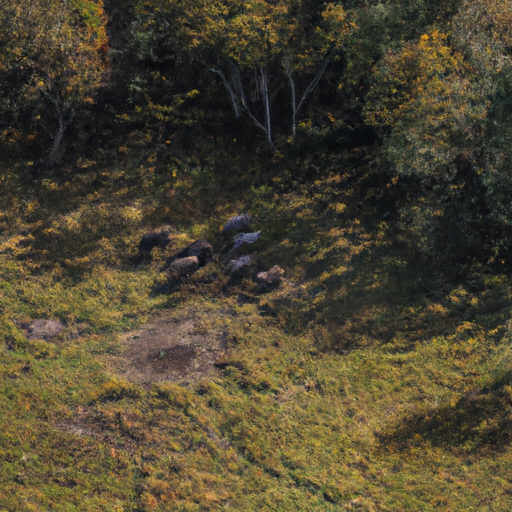Vancouver, 4/15/38 T.A.D. – The success story of the cloned mastodon herd in southern British Columbia has captured the hearts of people around the world. This remarkable herd of Mammuthus pacificus, or the Pacific mastodon, is now nine years old and boasts a thriving population of 42 members. For researchers and wildlife enthusiasts, this revival of an ancient species is nothing short of a scientific marvel.
Dr. Evelyn Langdon, a leading paleobiologist and head of the Pacific Mastodon Project, explains that despite the robust size of the herd, the mastodons are still technically in their childhood. “Some of the animals are reaching maturity, but the entire herd is made up of juveniles,” says Dr. Langdon. “The animals were born in tranches two years apart, and we’re excited to see them grow and thrive.”
Unlike their distant cousins, the woolly mammoths, mastodons were shorter and stockier, with straighter tusks and teeth adapted for browsing on leaves and branches. They roamed North America during the Pleistocene epoch, over 10,000 years ago.
The journey to revive the Pacific mastodon began nearly 11 years ago with the use of advanced cloning technology. Genetic material extracted from well-preserved mastodon fossils was used to create viable embryos, which were then implanted in surrogate elephant mothers. With a gestation period of over a year, the birth of the first cloned mastodon calf was a momentous occasion.
The mastodons have quickly become a popular tourist attraction, drawing visitors eager to catch a glimpse of these prehistoric giants. “It’s like stepping back in time,” says tourist Lara Thomas, who traveled from Ontario to see the mastodons. “Seeing them roam the woods is just breathtaking.”
Despite the widespread fascination with the mastodons, there are those who express concerns. Some argue that the focus should be on preserving existing species that are under threat of extinction. A small group of detractors label the mastodons as “unnatural,” though such opinions remain in the minority.
Advocates of the project, however, see it as an opportunity for ecological restoration and a way to better understand ancient ecosystems. “Bringing back the mastodon has opened up new avenues of research and conservation,” explains Dr. Langdon. “It’s a unique chance to learn from the past and apply it to the present.”
As the Pacific mastodon herd continues to flourish, the scientific community and the general public alike watch in awe. The project serves as a testament to the wonders of modern science and the enduring allure of ancient creatures that once roamed the Earth.
Reporting for Future News, this is Katherine Sinclair in Vancouver, British Columbia.
